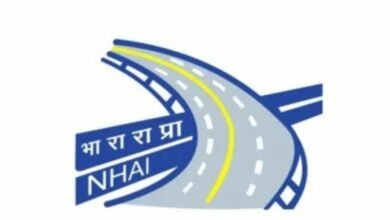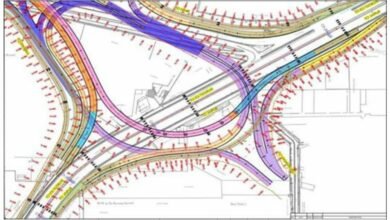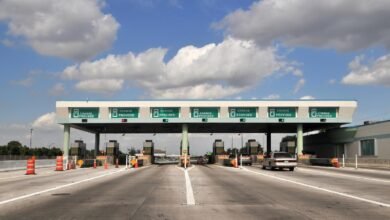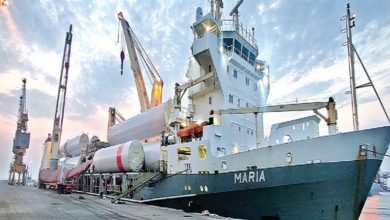The Atal Setu Toll Conundrum: A Bridge for the Elite or a Gateway for All?
Navigating Through the Controversial User Fees on India's Longest Sea Bridge.
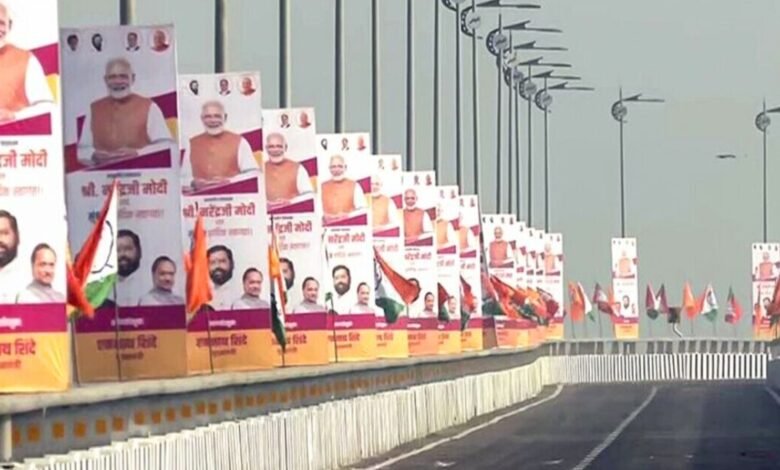
Mumbai, Maharashtra: On January 12th, India celebrated the inauguration of the nation’s longest sea bridge, the impressive ‘Atal Bihari Vajpayee Sewri Nhava Sheva Atal Setu,’ also known as the “Mumbai Trans-harbour Link.” Spanning a length of 21.8 kilometres, a quarter of which extends over the Arabian Sea, the bridge connects Mumbai with its satellite city, Navi Mumbai, promising to reduce the commute time between the two cities from over 2 hours to just 20 minutes.
The monumental structure, constructed for Rs. 17,843 crores (USD 2.2 billion), represents a significant milestone in India’s infrastructure. However, beneath the grandeur lies a contentious issue – the imposing ‘user fees’ levied on commuters. This toll, designed to fund the bridge’s construction and maintenance, has sparked debates over economic disparities and affordability.
Navigating the Toll Chart : Atal Setu
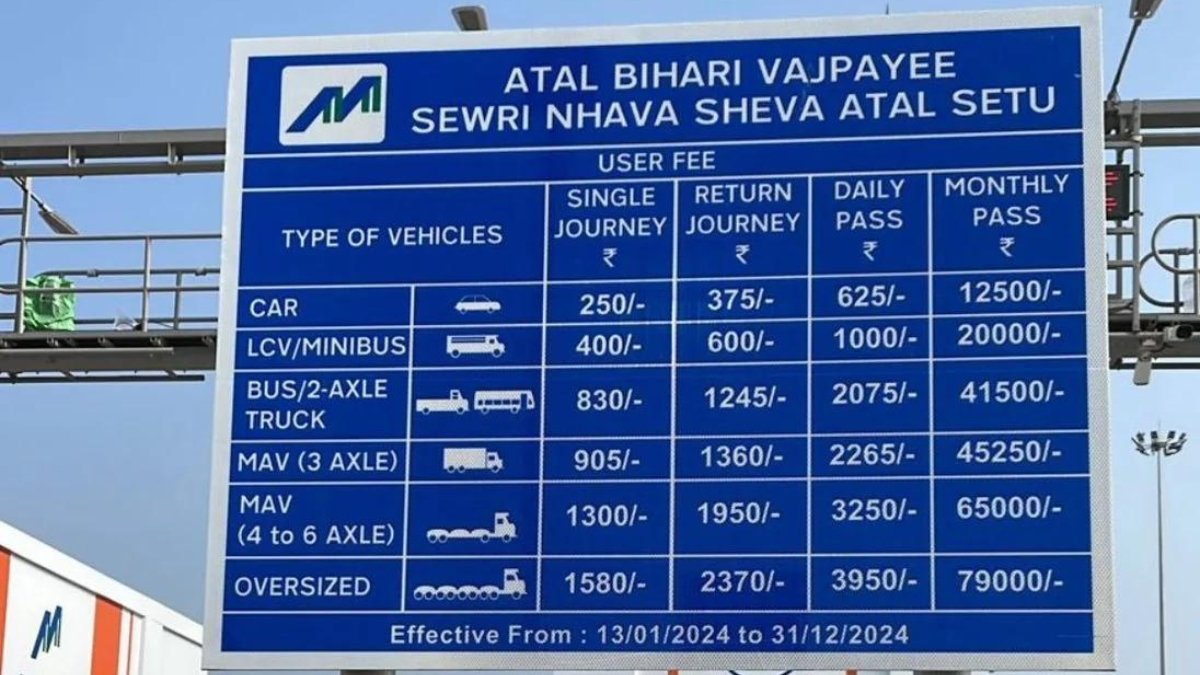
The ‘user fee’ chart positioned at the terminal points of the bridge outlines a vision that, some argue, leans toward the optimistic. The expectation that commuters would willingly invest Rs. 1.5 lakh per year for a pass, in a nation where the per capita annual income stands at Rs. 1,13,355, raises eyebrows.
For those owning cars (constituting just 7.5% of the population), the toll expenses vary from Rs. 250 for a one-way trip and Rs. 375 for a Return Journey to Rs. 1.5 lakh for an annual pass. Minibuses and regular buses face their own set of fees, potentially impacting the cost of bus tickets for the average citizen.
Impact on Everyday Commuters
As fuel prices soar, and this additional toll tax potentially influences bus fares, questions arise about the toll’s impact on the average Indian. In a country where 80 crore people rely on government-subsidized food grains and a significant population lives below the poverty line, the acceptability of a toll tax worth Rs 1.5 lakh a year comes into question.
The toll charges for trucks, ranging from Rs. 4 to 8 lakh for yearly passes, raise concerns about potential inflation. In a nation where economic challenges are a reality for many, the toll fees on Atal Setu may appear exorbitant to the silent majority.
Economic Realities
Considering the economic landscape, where household savings have witnessed a decline, and families are depleting resources to purchase homes and cars, the toll becomes a significant financial burden. The bridge’s construction cost of USD 2.2 billion raises queries about the need for such a hefty ‘user fee’ when existing taxes could potentially cover the expenses.
A Bridge for Whom?
As the National Highway Authority of India (NHAI) boasts of reaching 75% of its yearly target within the first five months of 2023, questions linger about the purpose of the exorbitant fees. Does it serve the collective needs of the nation or inadvertently cater to the affluent?
The Atal Setu’s toll fees seem to categorize daily commuters into two segments – one cruising ahead with financial ease, gaining a 100-minute headstart, while the other gazes up with aspirations and perhaps a touch of resentment. The bridge symbolizes progress but also prompts introspection on inclusivity in India’s infrastructural development.


